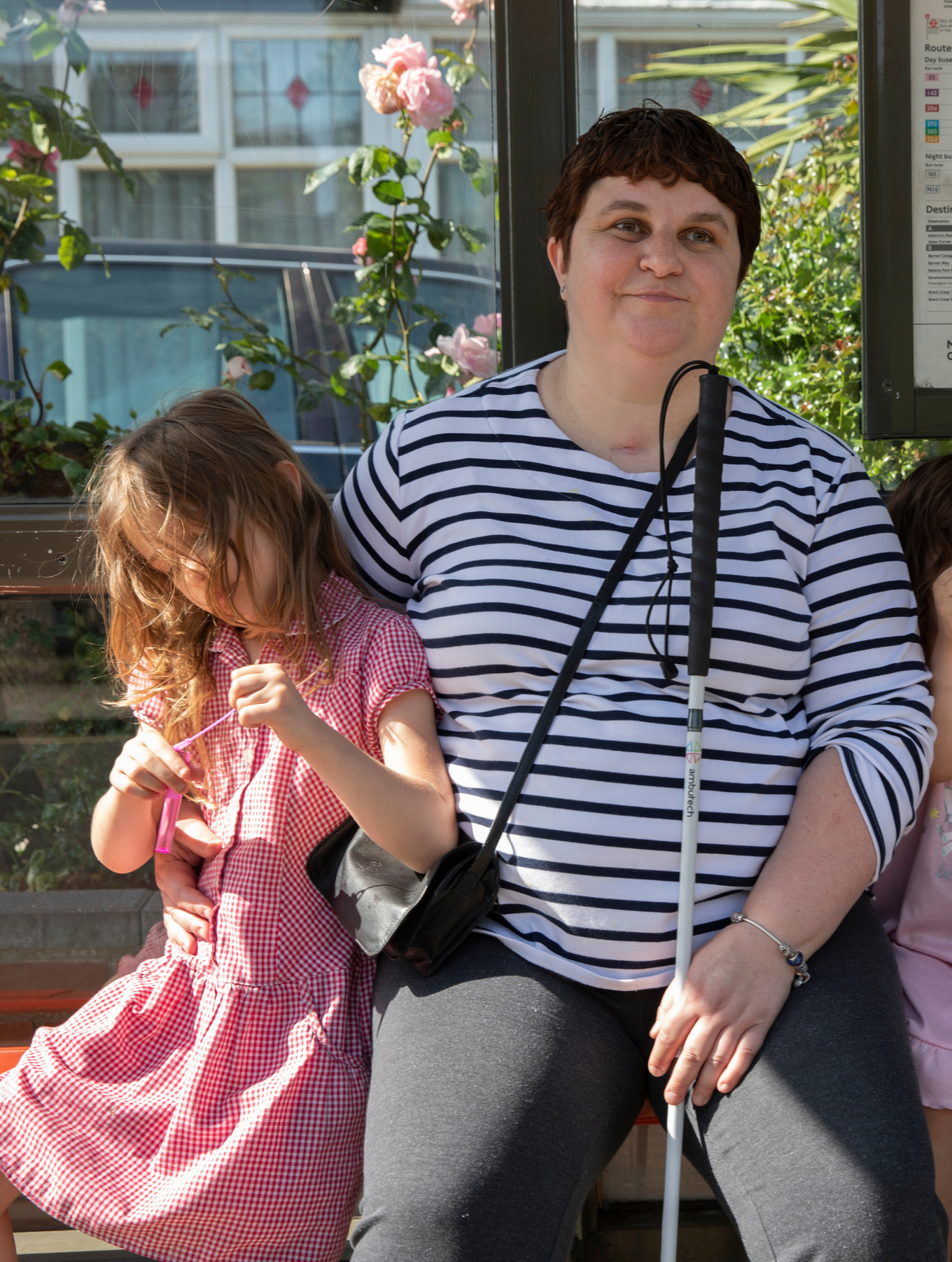.png?v=0&options=w_180)

C: Where will the money raised through the cloth sales go towards helping?
VF: Transforming the lives of people of all ages who are affected by sight loss as well as raising awareness of preventable blindness and the importance of eye health. Along with funding frontline services we also research and campaign to make society and the systems that structure it for the better.
C: What’s the most common misconception about people who live with sight loss?
VF: There are so many, and we have years of pop culture and misrepresentation to blame for that. Contrary to popular belief not all blind people read braille or use a guide dog and when you’re blind you don’t see the colour black. Blindness is a spectrum and it’s very rare for a blind person to see nothing but black.
C: Why is it important to have an eye examination?
VF: Many people don’t regularly get their eyes tested because they haven’t noticed a problem, or they think it’ll be too expensive. An eye test looks at more than just your current vision, they’ll test for a whole range of eye conditions, even tumours. With someone in the UK going blind every 6 minutes it’s so important to put regular eye examinations on your life admin list, for you and your whole family.
.png?v=0&options=w_180)
.png?v=0&options=w_180)
C: Where can people go to access support for specialist alternative eye examinations?
VF: Our beneficiary partners, SeeAbility, run a campaign called Every Day in Focus. This campaign is providing people with learning difficulties and people with autism the knowledge and opportunity to access the eye care they need. Getting good quality eye care as early as possible is so important to improving people’s quality of life and helping them achieve the things they want from life.
C: What percentage of sight loss is avoidable?
VF: A staggering 50% of sight loss is avoidable and just under 700,000 (about 1 in 12) people in the UK are living with a sight threatening condition. And this figure is set to increase significantly by 2030. The projects we support raise awareness about the importance of sight tests, particularly among high risk communities, and improve access to sight tests including adapted tests and community-based testing.
.png?v=0&options=w_180)
.png?v=0&options=w_180)
C: How can we reduce avoidable sight loss?
VF: Through public awareness. Get your eyes tested every two years and make sure your family is getting tested too. Equally, importantly let’s factor accessibility into everything we do, from town planning and employment to arts and culture. If we include someone with sight loss in every activity we will close the gap between those who have sight and those who don’t. As one of our beneficiaries said after losing her sight suddenly: “You’re only disabled by your environment. If the environment allows you to do what you need to do then you’re not disabled anymore. If people can help people more, then the world is your oyster.”
C: What’s your favourite fact about the human eye?
VF: Maud Rowell wrote this in her book Blind Spot: “In a phenomenon known as the McGurk effect when we see a video clip of someone’s mouth pronouncing the syllable ‘fa’ that is the sound we hear, even if the overlaid audio is of the syllable ‘ba’. Our brains trust our eyes so much that they overwrite what our ears are telling us.” (Maud Rowel Blind Spot: Exploring and Educating Blindness. Page 2, Introduction)
To learn more about the Vision Foundation and their projects, visit Vision Foundation. Our Vision Foundation charity cloth is also available to purchase here.
